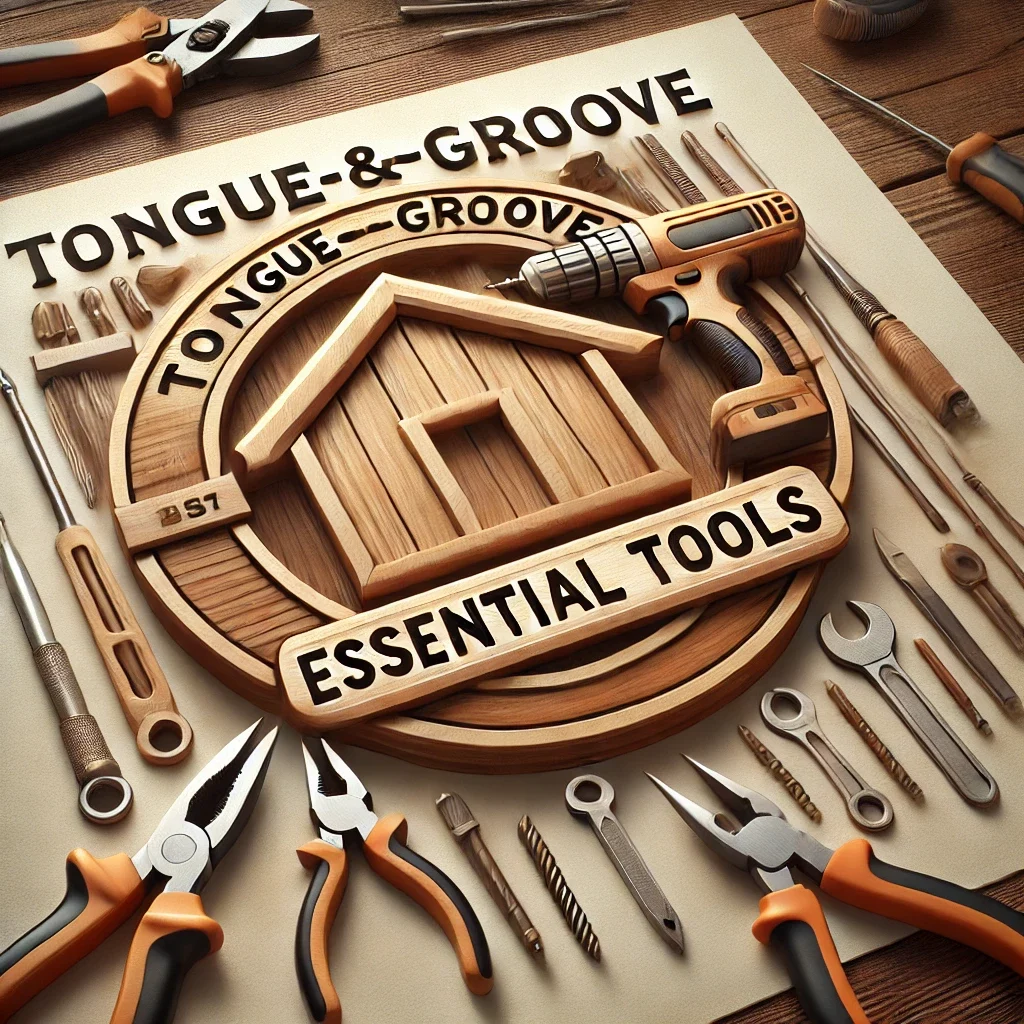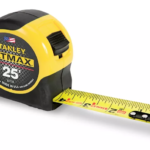Installing a tongue-and-groove (T&G) ceiling isn’t complicated, but having the right tools makes all the difference. If you’ve ever struggled with warped boards, broken tongues, or nails that just won’t set right, you’re probably using the wrong hammer or mallet. As an experienced trim carpenter, I’ve installed my fair share of T&G ceilings, and I can tell you that a good framing hammer and a quality rubber mallet are absolute must-haves.
Whether you’re a DIYer tackling your first ceiling or a pro looking for tool recommendations, I’ll walk you through the best hammers and mallets for the job—and exactly how to use them.
The Right Hammer for T&G Ceilings: Power & Precision
A standard claw hammer just doesn’t cut it for T&G ceiling installation. You need something with enough weight to drive nails efficiently but not so heavy that you’re exhausted after the first few rows. That’s why I always reach for my DeWalt 22oz Smooth Face Framing Hammer.
At 22 ounces, it has enough heft to sink nails cleanly and quickly into ceiling joists. You don’t have to swing as hard, which is a game changer when you’re working overhead. Unlike a textured hammer, the smooth face ensures that if you do accidentally make contact with the wood, you’re not leaving behind ugly dents or marks.
One thing I really appreciate about the DeWalt 22oz Framing Hammer is its balance. Some heavier hammers feel awkward or make your wrist ache after extended use, but this one feels natural in hand, even after a full day of ceiling work. Plus, its durability is top-notch—this hammer has survived years of abuse on job sites and still performs like new.
A Claw Hammer for Adjustments & Fine-Tuning
If you’re working on a smaller ceiling or just prefer something a little lighter, a Estwing 16oz Curved Claw Hammer is a solid option. While I rely on my framing hammer for most of the nailing, a 16oz claw hammer is great for adjustments and precision work.
For example, if you misplace a nail (which happens to everyone), the curved claw makes it easy to pull it out without damaging the wood. If you’re working on lighter trim pieces or need to tap in small finishing nails, this hammer is easier to control than a heavier framing hammer.
What I like most about the Estwing 16oz Claw Hammer is its shock-absorbing grip. When you’re swinging a hammer for hours, the last thing you want is vibration numbing your hand. This one minimizes impact, making the job a lot more comfortable.
Why a Rubber Mallet is a Must-Have for T&G Boards
Now, let’s talk about one of the most underrated tools in T&G installation—the rubber mallet. If you’re installing tongue-and-groove boards and you’re not using a mallet, you’re asking for trouble. A regular hammer will crack or splinter the tongue, making it impossible to get a tight fit. That’s why I always keep my Estwing DFH-12 Double-Faced Rubber Mallet within arm’s reach.
When you tap T&G boards together, you want just enough force to close the gap without damaging the wood. The dual rubber heads on this mallet make that easy. One side is slightly firmer, perfect for stubborn boards, while the softer side ensures no marks or dents on delicate wood surfaces.
Another reason I prefer the Estwing DFH-12 Rubber Mallet is the hickory wood handle. It’s comfortable to grip, and unlike some cheaper mallets, it doesn’t send a jarring shock up your arm every time you use it. This mallet has helped me save so many boards from unnecessary damage—it’s absolutely worth having in your toolbelt.
Step-by-Step: Using These Tools for T&G Installation
If you’re installing a T&G ceiling for the first time, here’s how these tools work together:
- Start with the first board – Secure it to the ceiling joists using your DeWalt 22oz Framing Hammer. Make sure it’s level before moving on.
- Fit the next board in place – Slide the groove over the tongue of the first board.
- Tap it snug with the rubber mallet – Use the Estwing DFH-12 Rubber Mallet to gently close the gap without damaging the wood.
- Secure the board – Nail it into place with the framing hammer or use the Estwing 16oz Claw Hammer if working with smaller nails.
- Repeat until complete – Continue this process until your ceiling is fully covered.
If a board isn’t sliding in easily, don’t force it! Give it a few extra taps with the rubber mallet to ease it into position. If that doesn’t work, check for debris or a misaligned tongue.
Upgrade Your Tools – Get Yours Today!
✅ DeWalt 22oz Framing Hammer – Heavy-duty & perfect for ceiling installation
✅ Estwing 16oz Claw Hammer – Lightweight for quick fixes & nail removal
✅ Estwing DFH-12 Rubber Mallet – Protects T&G boards when tapping into place
The right tools make all the difference! Click the links above to grab yours now and get started on your T&G ceiling installation today.


